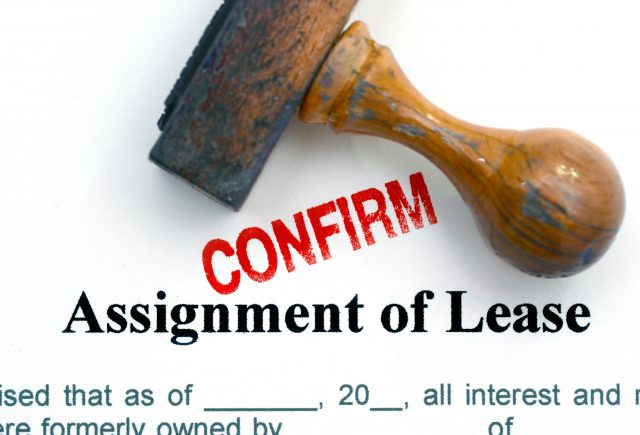November 8th, 2022

Dealing with a fixed-term lease agreement and looking to move offices or downsize? The topic of commercial lease transfer can be confusing to navigate, particularly when you are unsure of your rights and obligations under the lease.
If you’re renting a commercial property, you signed a contract at the beginning of your tenancy called a lease agreement, which contains all the details of your rights and obligations while occupying and conducting business operations at the commercial property. Your agent is required by law to give you a copy of the lease agreement if you don’t already have one.
The following article will serve as a full guide to commercial lease assignment, providing business owners with an overview of the legal considerations and elements required for an assignment of lease.
What is a Commercial Lease Assignment?
Also known as a lease transfer, a commercial lease assignment involves a tenant transferring all of their interests and rights in a lease to a new party. This new tenant will take on the responsibilities of the existing lease, including rent and any other obligations, leaving the original tenant free to exit the agreement.
Read the rest of this entry »
Tags: 2022, commercial lease assignment, commercial property, guides, landlords, lease transfer, Office Space, subleasing, tenants
Posted in 2022, Business Advice, Leases, Office Talk | No Comments »
Add to: Del.icio.us | Digg
April 22nd, 2021
 A sublease is an agreement between a party who already hold a lease to a property and a separate party looking to rent the property in question, whether that be partly or wholly. For example, a business who leases five floors of office space in a building may look to sublease one of those floors, in the event that they downsize their workforce prior to the end of the initial lease. The party who holds in initial lease is known as the sublessor, whilst the third party looking to occupy a part of the leased space is the sublessee.
A sublease is an agreement between a party who already hold a lease to a property and a separate party looking to rent the property in question, whether that be partly or wholly. For example, a business who leases five floors of office space in a building may look to sublease one of those floors, in the event that they downsize their workforce prior to the end of the initial lease. The party who holds in initial lease is known as the sublessor, whilst the third party looking to occupy a part of the leased space is the sublessee.
How to Sublease
The first step is to check whether you need your landlord’s written permission to sublease a property. This should be outlined in your lease agreement. If subleasing is permitted, the agreement may also specify whether you’re required to give notice to your landlord.
Next, make sure you’re familiar with the legal aspects of subletting in your area, since every state has its own sublet laws that take precedence over lease agreements. You can check state-by-state details here.
Read the rest of this entry »
Tags: commercial property, covid-19, Office Space, sublease, subleasing
Posted in Business Advice, Office Talk, Subleasing | No Comments »
Add to: Del.icio.us | Digg

 A sublease is an agreement between a party who already hold a lease to a property and a separate party looking to rent the property in question, whether that be partly or wholly. For example, a business who leases five floors of office space in a building may look to sublease one of those floors, in the event that they downsize their workforce prior to the end of the initial lease. The party who holds in initial lease is known as the sublessor, whilst the third party looking to occupy a part of the leased space is the sublessee.
A sublease is an agreement between a party who already hold a lease to a property and a separate party looking to rent the property in question, whether that be partly or wholly. For example, a business who leases five floors of office space in a building may look to sublease one of those floors, in the event that they downsize their workforce prior to the end of the initial lease. The party who holds in initial lease is known as the sublessor, whilst the third party looking to occupy a part of the leased space is the sublessee.